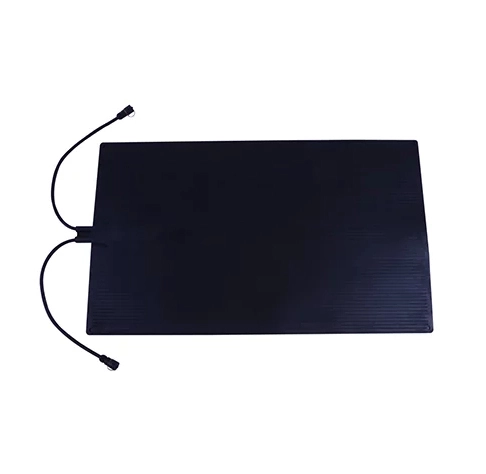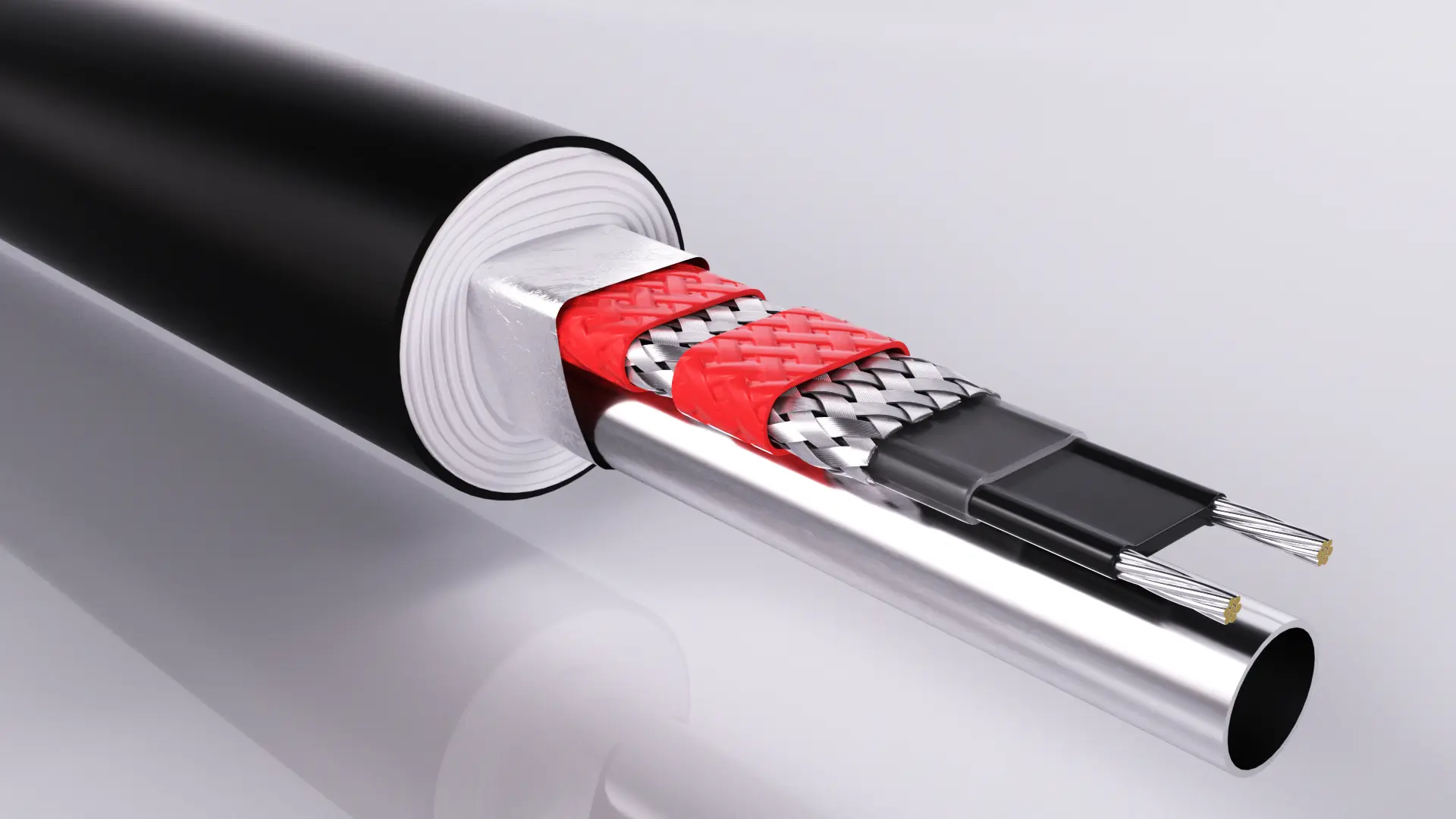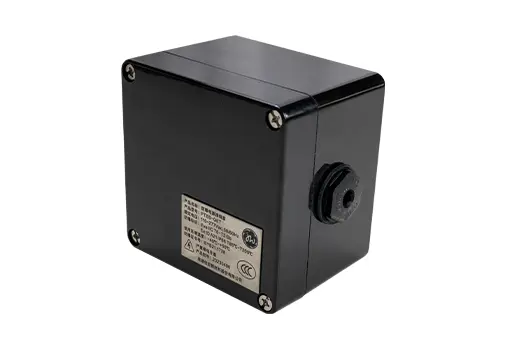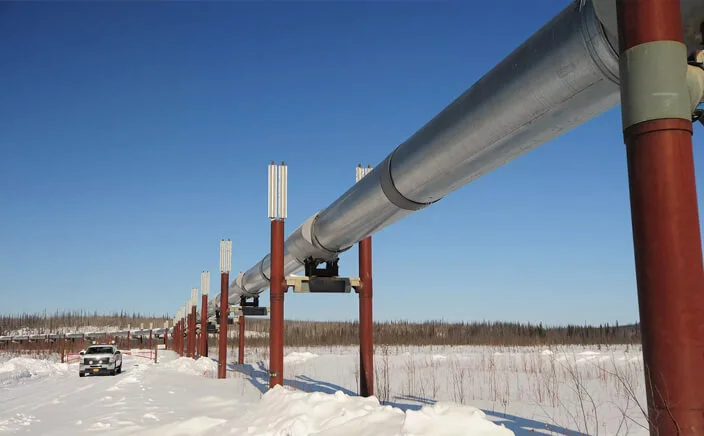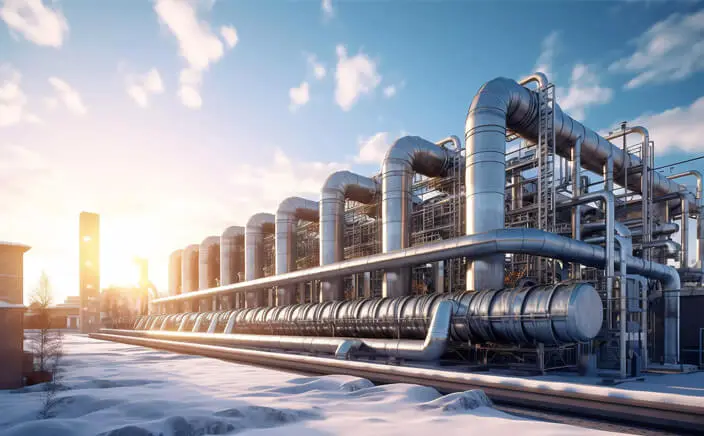Self-Regulating heating cables vs. Constant Wattage Heating Cables: A Comprehensive Comparison
1. Technology and Heat Output:
Self-Regulating heating cables:Utilizes a conductive polymer core that adjusts resistance based on temperature. When cold, the polymer contracts, increasing conductivity and heat output; when warm, it expands, reducing heat. Each segment operates independently, allowing localized temperature adjustment.
Constant Wattage Heating Cables:Employs a fixed-resistance wire, delivering consistent heat per unit length. Requires external controls (e.g., thermostats) to manage on/off cycles, as heat output remains constant regardless of ambient conditions.
2. Energy Efficiency:
Self-Regulating heating cables:More energy-efficient due to adaptive heat output, reducing power consumption in warmer conditions. Ideal for environments with fluctuating temperatures.
Constant Wattage Heating Cables: Less efficient if unregulated, as it operates at full power when on. Efficiency improves with thermostats but lacks granular control over individual sections.
3. Applications:
Self-Regulating heating cables: Suited for complex installations with variable conditions (e.g., pipes partially exposed to cold, roofs, gutters). Excels where overlapping is necessary (e.g., valves, pumps).
Constant Wattage Heating Cables:Best for uniform, predictable environments (e.g., long straight pipes, under-tile heating) or industrial processes requiring steady heat, provided external controls are in place.
4. Installation Flexibility:
Self-Regulating heating cables: Can be cut to length in the field and overlapped safely, simplifying installation. Adapts to irregular shapes without overheating risks.
Constant Wattage Heating Cables: Requires precise design to avoid hotspots; overlaps are unsafe. Often comes in fixed lengths, limiting flexibility.
5. Cost Considerations:
Self-Regulating heating cables: Higher upfront cost due to advanced materials but offers long-term savings through reduced energy use and minimal need for external controls.
Constant Wattage Heating Cables: Lower initial cost but may incur higher operational expenses if not paired with efficient thermostats. Additional costs for sensors/controls.
6. Safety and Maintenance:
Self-Regulating heating cables: Inherently safer; reduces overheating risk by self-adjusting. Lower maintenance due to autonomous operation.
Constant Wattage Heating Cables:Requires diligent monitoring to prevent overheating, especially in covered areas. Relies on external systems, increasing maintenance needs.
7. Electrical Characteristics:
Self-Regulating heating cables: Higher inrush current when cold but stabilizes as it warms. Circuit design must account for initial surge.
Constant Wattage Heating Cables: Steady current draw, simplifying electrical planning but necessitating robust thermostatic control.
Conclusion:
Self-regulating cables excel in dynamic environments, offering adaptability, safety, and efficiency, albeit at a higher initial cost. Constant wattage cables are cost-effective for uniform applications but demand careful design and external controls to mitigate risks. The choice hinges on specific project needs, environmental variability, and long-term operational goals.


